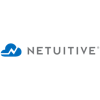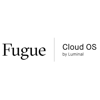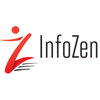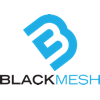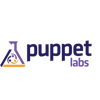
DC 2015 - Program
Sponsors
Ready for more DevOpsDays?
DevOpsDays DC will return June 8-9, 2016.
Instrumentation of Alerting & Trend Data
Facilitator: Kevin Ege
- Some use Nagios but limited metrics to collect
- Scount is a tool that was recommended
- Big concern: How do you reduce False Positives while still catching relevant issues
- We encourage dev team to put in metrics during dev time and identify failure conditions
- Example: Web site activity falling below certain levels but if happens on a Sunday and get false postiive
- There are types of issues that are difficult to catch that are not about latency but the content is not right which is hard to detect
- You have to uncouple development and code from architecture and service uptime
- Developers won't always know what the impact of a node failure would be on a service
- Alerting burden falls on ops but in concert with unit-tests that developers run during testing
- Example: front developers won't relate to IOPS alerts or database connection issues
- There are differnet domains of monitoring: Page load time vs. database monitoring
- If there are failures in the back-end but is not affecting user experience issues then it should not be escalated
- You can alert a DBA 3 days in advance but only the DBA who would know what to do with it before an outage happens
- In an ephemeral infrastructure, you can restart the whole app and it may help certain issues but not all
- Analytics software like Skyline doesn't produce good results
- Advanced statisics, machine learning, correlation is the intent
- You can blow away nodes based on statistics with the right architecture
- Some tried to write own statistics but hard to get good results
- Some have a lot of provisioned IOPS and reserved instances to help with performance issues
- We trend data and as Subject Matter Experts to review the graphs and pick up on hints on spikes
- We go back 3 years and use RRD
- We keep 1 year full granulatiry and then aggregated data after that
- Not retaining a tremendous amount of granular data
- Alerting on COGS factors with AWS instances
- Avoid baked in static thresholds
- Uncouple data instrumentation from alert logic








